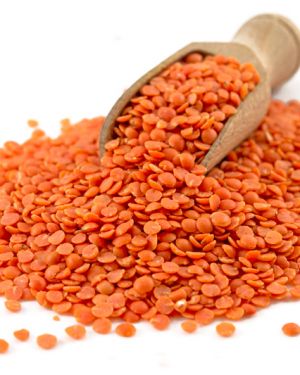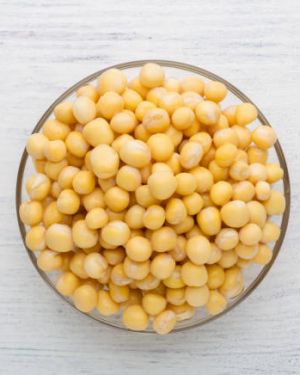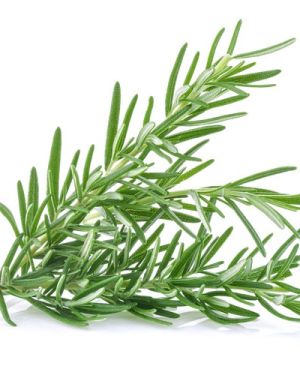The mung bean (Emberique / Zemberik) is small and green, yellowish brown or black with white mark in the center. It functions as a self-pollinating seed in the pod which can hold 12 to 15 seeds. When the bean is split, its green/brown/black skin is removed and appears pale yellow. These beans can serve as an alternative to meat and dairy products since they are high in protein.
Benefits
- High levels of antioxidant may reduce the risk of chronic disease
Mung beans (Emberique / Zemberik) contain several healthy antioxidants, including phenolic acids, flavonoids, caffeic acid, cinnamic acid and more. Antioxidants help neutralize harmful molecules known as radicals. During studies, it was found that antioxidants found inside of mung beans could fix damages caused by radicals that could lead to cancer growth in lung and stomach cells.
- May prevent heat stroke
Mung beans (Emberique / Zemberik) are used in many Asian countries and is commonly consumed on hot summer days. This is because they are believed to have anti-inflammatory properties that help protect against heat stroke, high body temperature, thirst and more. Mung beans contain antioxidants called vitexin and isovitexin. During animal studies, these antioxidants have shown that they are able to defend cells against injury from free radicals that form during heat stroke.
- May reduce blood pressure
High blood pressure is a serious health condition that can put you at risk of developing heart diseases; it is also the leading cause of death in the world. Mung beans may help with that. They are a great source of potassium, magnesium and fiber. Multiple studies have linked these nutrients to a significantly lower risk of high blood pressure.










Reviews
There are no reviews yet.